Laurent-Perrier Cuvée Rosé Brut Champagne
€88.99
About Laurent-Perrier Cuvée Rosé Brut Champagne
André-Michel Pierlot was a former cooper and bottler when he settled in the village of Tours-sur-Marne in 1812 to work as a wine merchant. He was succeeded by his son Alphonse, who bequeathed the House to his cellar master, Eugène Laurent. After Laurent’s death in 1887, his widow Mathilde Emilie Perrier became the steward and combined the two family names. Under her leadership, the business saw considerable development. Unfortunately, her daughter Eugénie-Hortense Laurent was forced to sell the estate during the economic crisis between the Wars.
Bernard de Nonancourt was at the helm from 1948 until his death in 2010, ushering in a new era for the business. Today, Bernard’s 2 daughters, Alexandra Pereyre de Nonancourt and Stéphanie Meneux de Nonancourt spearhead the operation. Michel Fauconnet, Laurent-Perrier’s third Cellar Master, continues to shepherd the family legacy forward. “I have spent my entire career at this House and share its passion for champagne, and its values of exacting standards and perfectionism,” says Fauconnet. Bernard de Nonancourt is credited with creating the signature Laurent-Perrier style of Champagne that blends tradition with innovation.
Cuvée Rosé Laurent-Perrier is crafted using Pinot Noir grapes from nearly a dozen crus, most of them grand crus. The grapes come from the South and North parts of the Montagne de Reims, including the celebrated Côte de Bouzy. Once the grapes have been harvested by expert farmers, they are manually sorted and macerated for up to three days using the saignée method. This maceration method results in a Champagne with a delicate salmon pink color, along with a flavor profile dominated by notes of berries and citrus. After pressing the grapes, the juice — or must — is fermented and bottled. “Then, we wait,” says Fauconnet — it takes a minimum of 5 years of maturation for Cuvée Rosé to achieve perfection.
Grab your bottle of this Champagne today!
About Champagne
Champagne has been associated with royalties since the 17th century, still maintaining its glorious reputation.
The French take Champagne seriously, so coming from the Champagne region of France isn’t the only requirement that keeps this drink from being “just sparkling wine.” The rules of the appellation require specific vineyard practices, particular types of grapes, specific pressing methods, and secondary fermentation of wine.

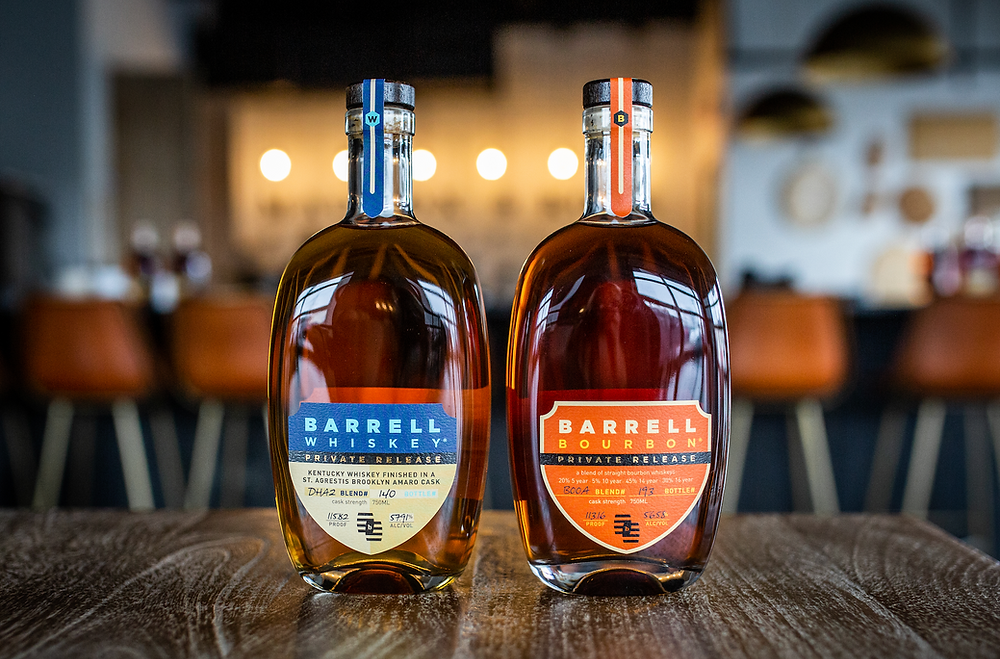
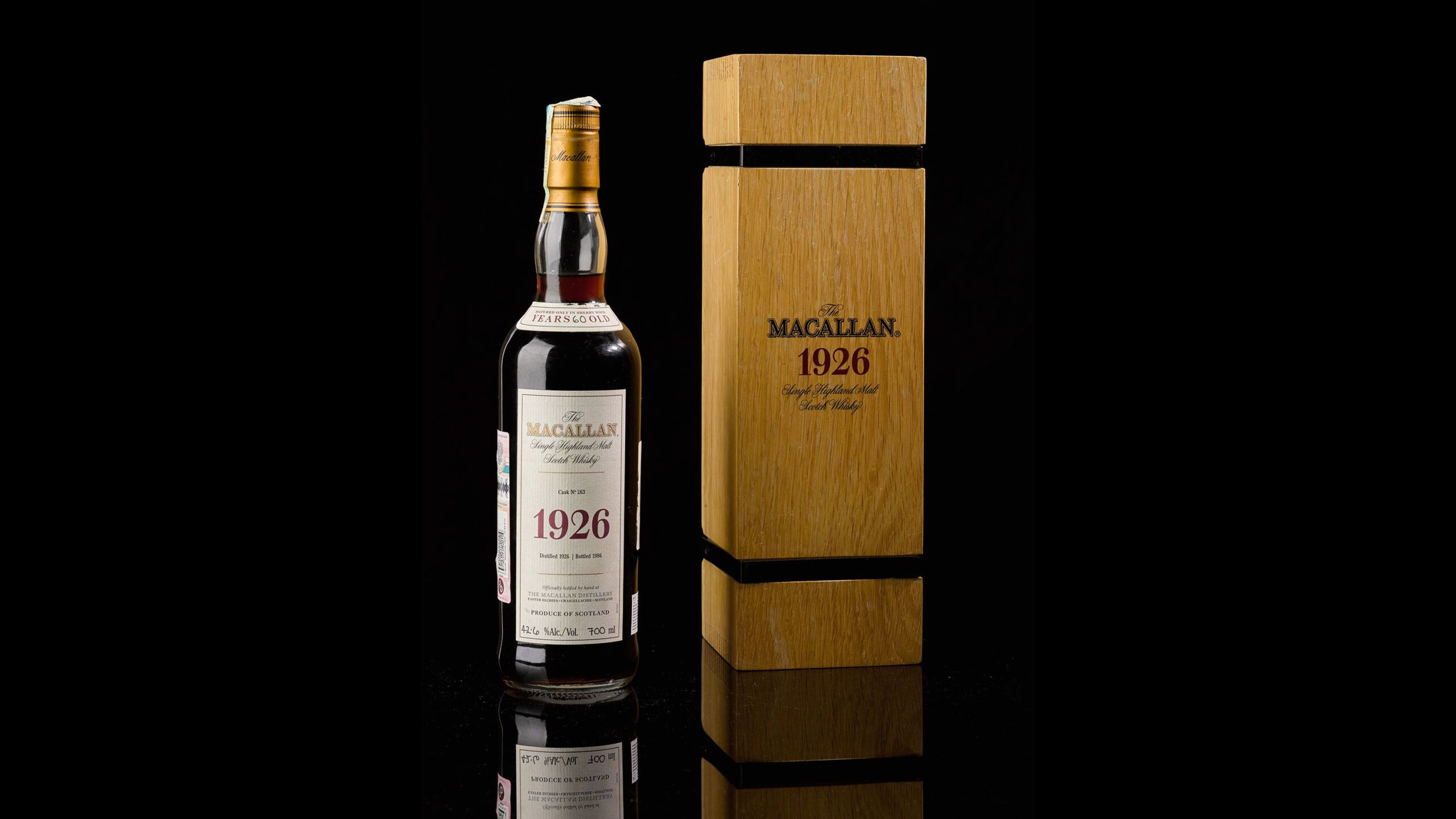
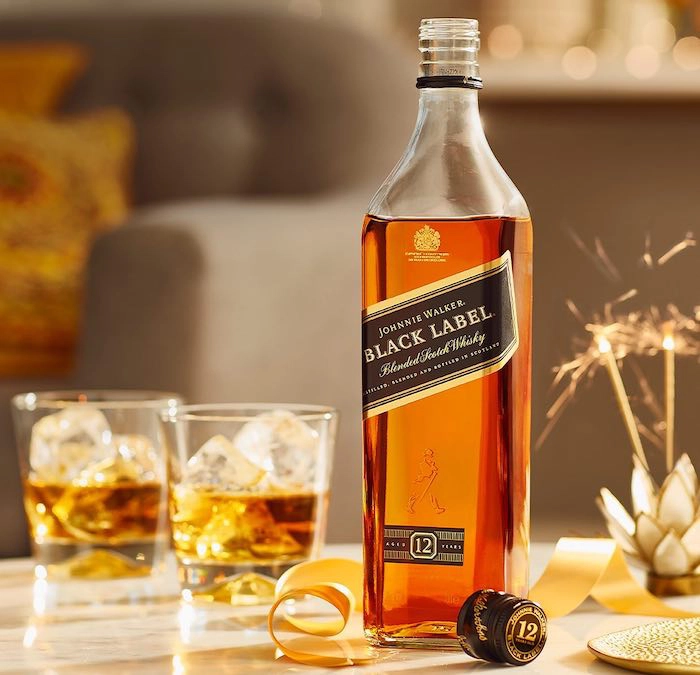
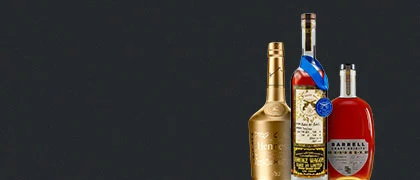
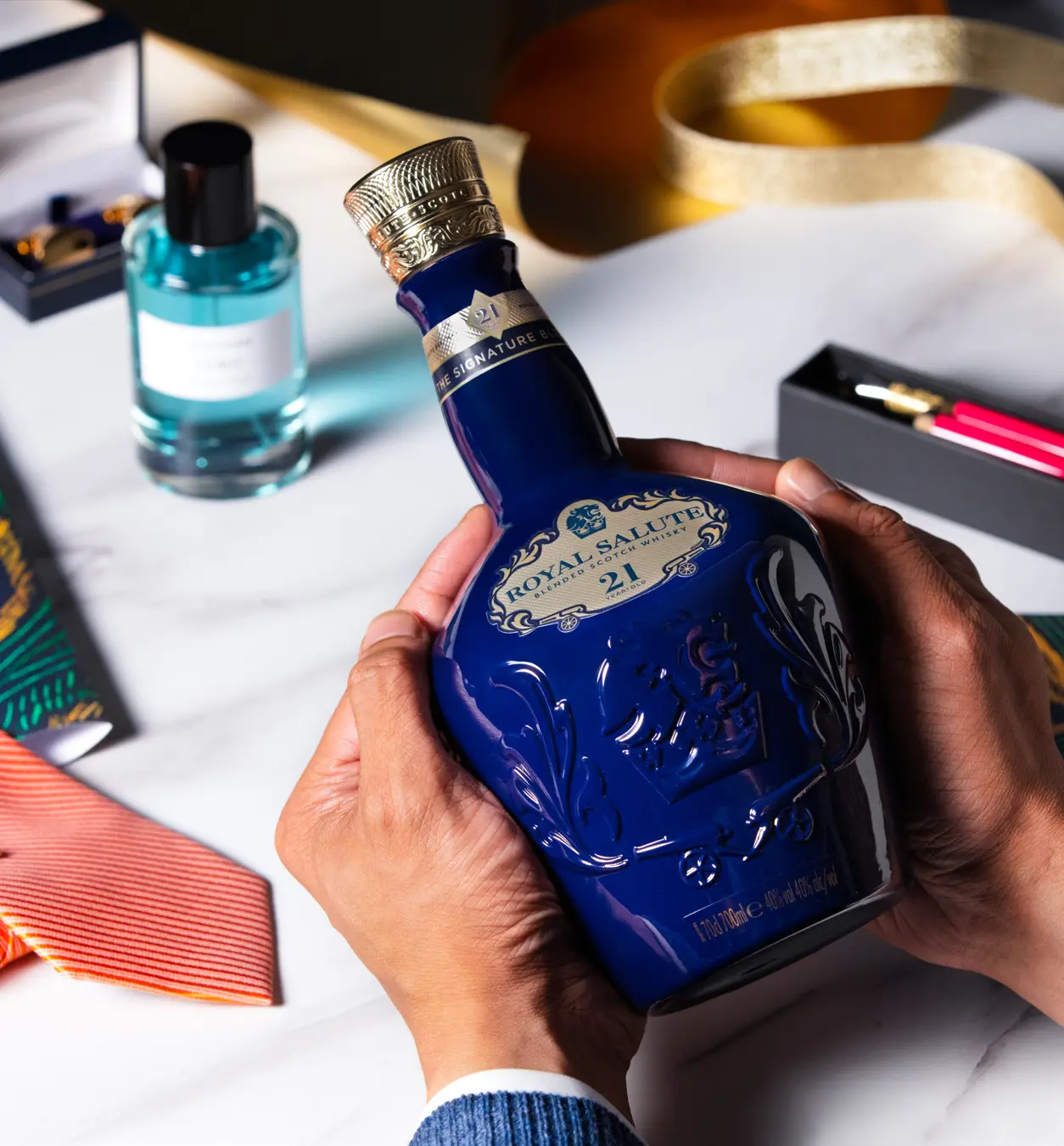
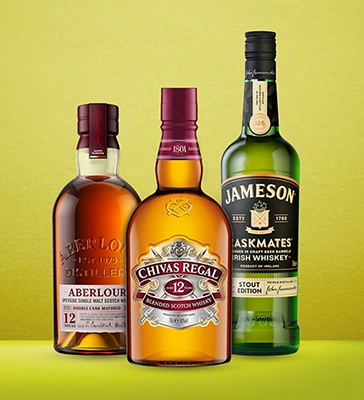
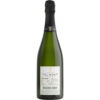
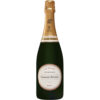
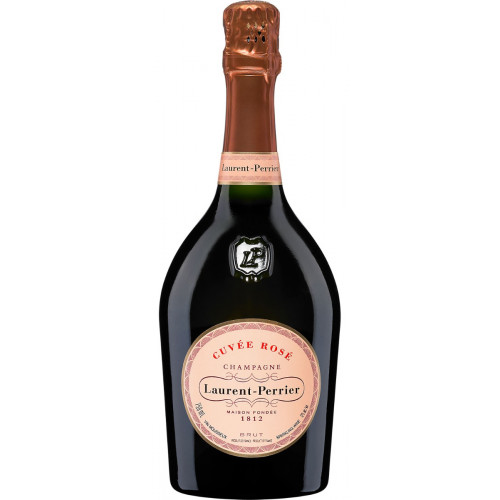

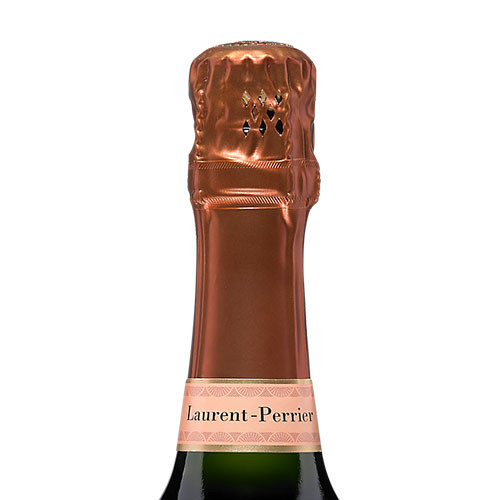
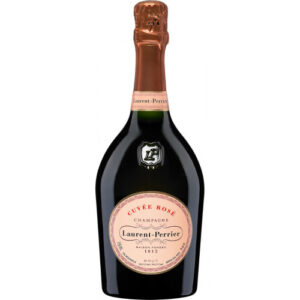
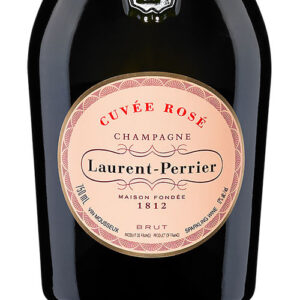
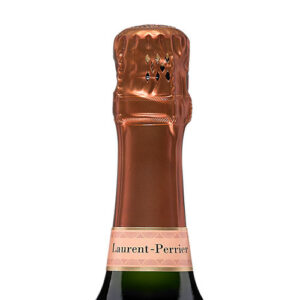
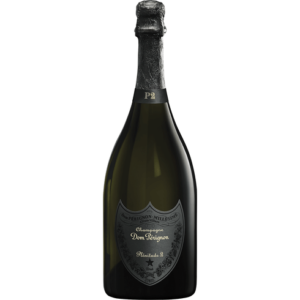

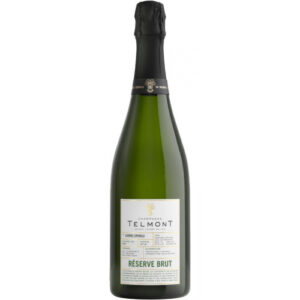
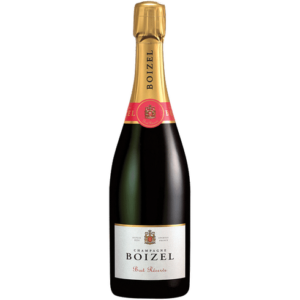

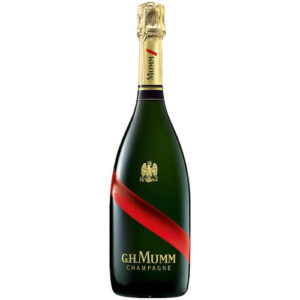
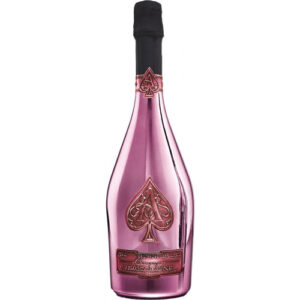
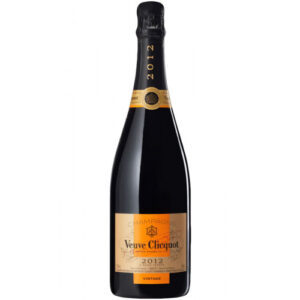
Reviews
There are no reviews yet.